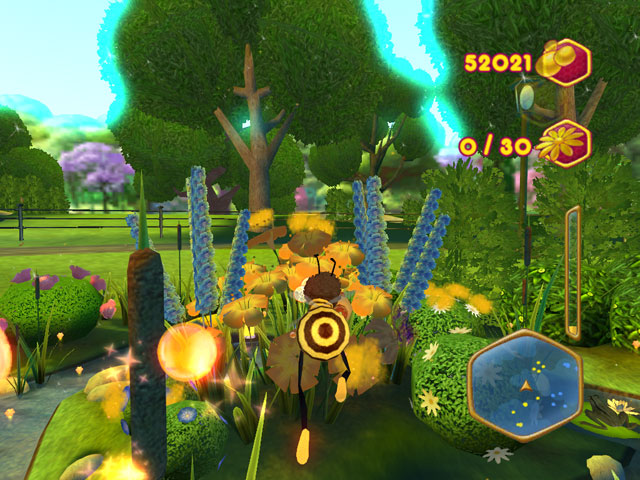
As we sit soundly in our homes, a menace lurks up in the sky, slowly approaching Earth more and more every year. This menace is an asteroid, that could bring about the downfall of humanity. NASA has named this asteroid Apophis, after the Egyptian god of evil.
Apophis is estimated to hit the Earth in 2036, a shockingly soon date. Scientists all around the Earth have collaberated ideas to stop this catastrophe from occuring. Of course, there is no certainty that it will collide with us. On a rating of 1 to 10, there is a 4 rating of collision. However scientists must be prepared for the worst. so, they came up with a plan.
The easiest plan could be the solution. NASA will send two space crafts. One will collide with Apophis at a ridiculously high speed, while the other craftt will study the change in the rocks orbit. But this is no gaurentee.
Alan Fitzsimmons, an astronomer from Queen's University Belfast, said: "When it does pass close to us on April 13 2029, the Earth will deflect it and change its orbit. There's a small possibility that if it passes through a particular point in space, the so-called keyhole, ... the Earth's gravity will change things so that when it comes back around again in 2036, it will collide with us." The chance of Apophis passing through the keyhole, a 600-metre patch of space, is 1 in 5,500 based on current information.
So, there is hope of survival. Untill then, keep on working scientists! Valuble info from http://www.guardian.co.uk/science/2005/dec/07/spaceexploration.research


